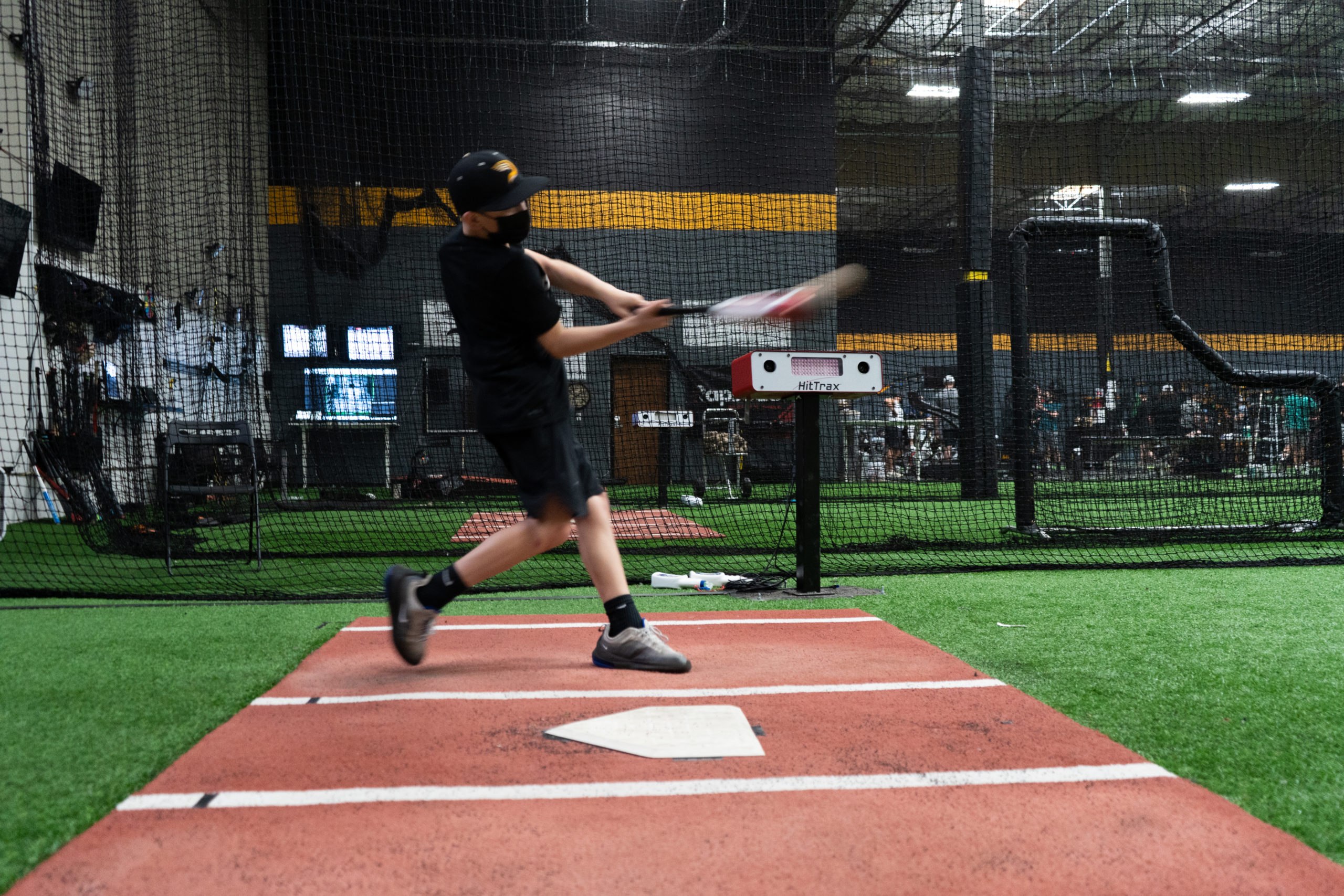Why Your Child Steps In The Bucket and How to Handle It

“Don’t step in the bucket in your baseball swing!”
Wherever kids are playing baseball, someone is stepping in the bucket and someone else is telling them not to.
Many coaches try to quickly correct this movement because it’s so visible and tends to negatively affect on-field results (making contact). I have heard many cues and seen many drills that try to instantly fix this movement solution.
Here are a few:
Cues
“Don’t do that.” — OK, because it’s that easy. Do you think I’m doing this on purpose?
“Just stride at the pitcher.” — I thought I was.
“Widen your stance and don’t stride.” — That isn’t comfortable.
Drills to Help a Hitter who Steps in the Bucket
Stand on a beam/wooden plank and don’t step off.
Put a bat or bucket behind the hitter and instruct them to stride so that they don’t touch it.
Start closed so that when you open up/step in the bucket, you are parallel.
Before we tackle this, as coaches we have to first ask our main questions that I introduced in the first blog of this series, “Be Patient: What You Think Are Swing Flaws May be Youth Hitters’ Way of Learning to Use Their Bodies”
- Is this kid strong?
- Does he move fast?
- Why does his swing look like this?
Let’s look at question three first!
Why does his swing look like this?
When young hitters step away from the pitch—“stepping in the bucket”—in their baseball swing there are usually only two reasons why.
1) They’re scared
It isn’t uncommon to be scared of getting hit by something thrown at you. In baseball, that happens all the time.
It can take a while for kids to feel comfortable fighting the urge to dodge the baseball thrown in their direction. This feeling should change when they build up enough at-bats to get confident that they won’t get hit by every pitch.
Once they do experience getting hit, they’ll learn that it won’t hurt forever.
The big indicator of whether or not they are scared is if they start moving their head (chin) up and away from the ball or if they start to slightly lean back as they begin to stride.
These demonstrate fear and timidness, which they will grow out of as they see more pitches and move up in leagues, from coach pitch to kid pitch.
2) They are trying to create optimal power
Young hitters sometimes have difficulty creating optimal power and space in their swing while staying sideways.
Striding open can allow a young hitter’s torso to move freely and rotate efficiently, as well as provide good direction with the back hip through the baseball.
Oftentimes coaches are too quick to fix stepping in the bucket on these types of hitters and end up hindering the swing because the instruction has limited the hitter’s ability to do some very important things (rotate the torso and drive through the baseball).
As hitters get bigger and stronger, they usually find ways to open up less, as they naturally discover how to create better stretch by striding straight while still being able to rotate the torso.
After watching your player, figure out which reason pertains to them and correct where necessary. You may find that if you honestly observe and are not obsessed with the short-term goal of making contact, you may be really impressed with the player’s swing.
Written by Chase Glaum
Comment section